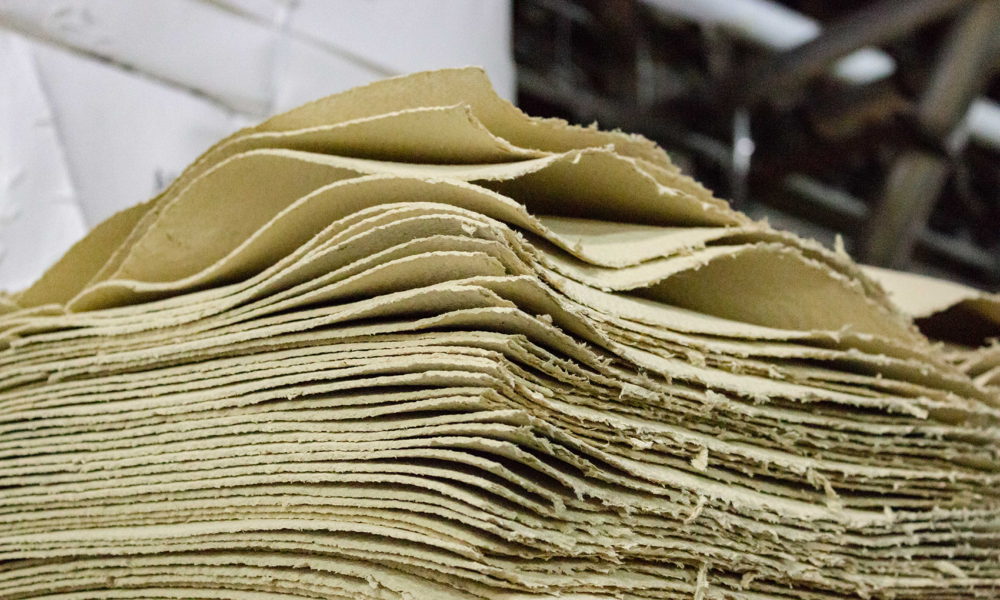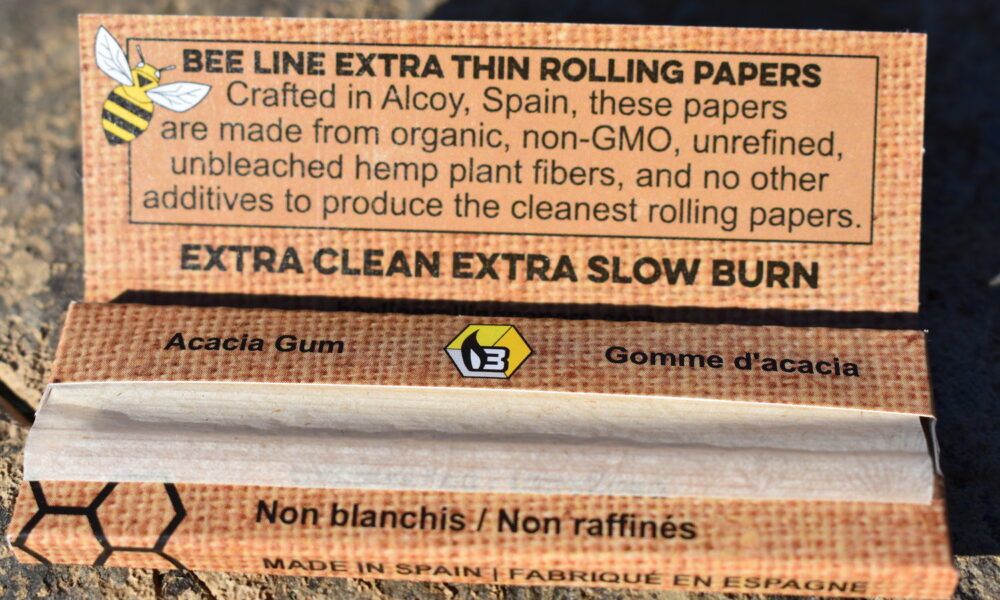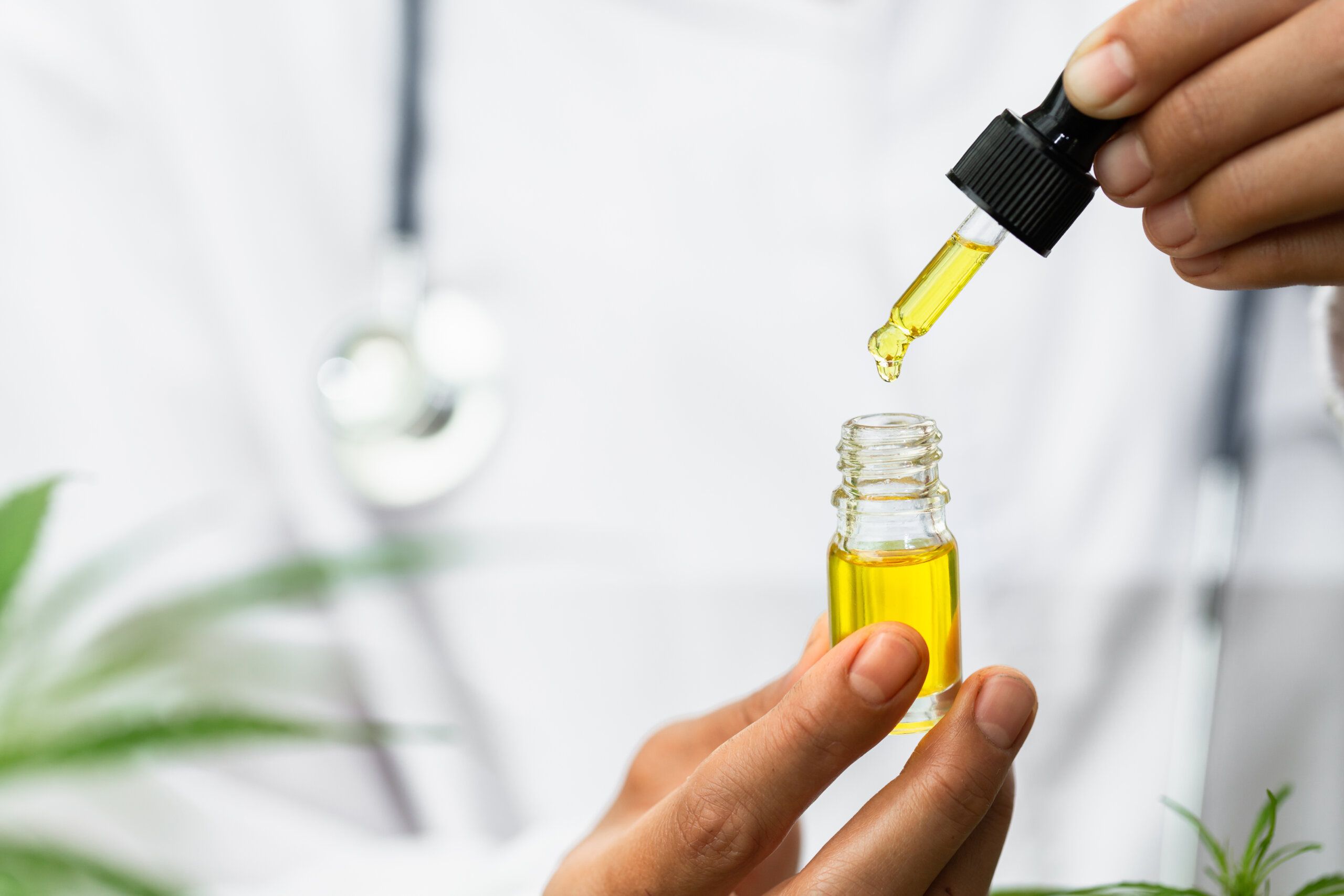Hemp Paper in the USA: Part 2
Ken Gibson
Hemp has been used for paper for some 2,000 years, the use of wood pulp is a new concept that has been causing economic and environmental chaos.
At the time of this writing paper in the US is shipped in from southeast Asia, incurring transport costs and adding to the loss of forests. A hemp paper industry in America would provide jobs and lessen the damage to the environment; it would also produce stronger paper, as the hemp papers, being long, interlock and form a more lasting paper.
In my previous article I noted that “cellulose is the most abundant molecule in agriculture”; indeed, it is the basis of our entire economy. It is both the cheapest substance and the most expensive, if one tallies the price of just one fraction of a gram that brought in over $9million at Sothebys. Of course, that was a rare example of a purchase – the 1c Magenta postage stamp from British Guyana, which has passed hands from a boy to a nobleman to a murderer.
But most cellulose products do not have such an illustrious history. They simply go from the farm to the factory to the distributor to the store to the consumer to the rubbish bin.
But in the course of this, livelihoods are made. Jobs are created, and we use pieces of cellulose to transact all of this. We call these pieces money. Some are wont to quote that it does not grow on trees. Ironically, it does. Or at least it is made from trees.
Or most of it is. The US uses about 6% hemp in the greenback, as this plant produces not only a long strand, but the strands fibrillate better than that of other plants, thus creating a more integrated.
Thus our money comes from trees, and in the best-case scenario, trees take seven years to mature. Bowater used to have much of the southeast US covered in pines for this purpose.
Now the trees are grown in southeast Asia, and Americans do not produce their own paper. Each person uses about 200 lbs. The nations needs thus 35 million tons of paper each year.
Which could come from farms in the heartland. And it could be produced once again in America.
This very subject was given thought even before the present crisis and state of dependency on foreign supplies. Government record from 1910-1916 shows

a number of trials conducted by the USDA on paper production which included a study of hurds as a raw material – hurds are 35-70% cellulose, whereas the bast is 70-77% cellulose.
Usually hurds are left to rot as farm waste, but if put to use, with thousands of pounds per acre produced in a season, the economic reality is not hard to see.
The US needs to secure not only paper supplies but water – and that is another reason for growing hemp. Hemp grown for paper not only can reduce the dependency on trees, but also water use in areas where crops such as cotton are grown. The USDA estimates that 9,461,000 acres of cotton were harvested in the US in 2011—a year in which more than one-third of the nation’s crop was wiped out by severe drought, with farmers in Texas and Oklahoma forced to abandon more than 5 million acres, more than half of what they planted.
I will leave the reader with those statistics and ask that they do the math, while contemplating that same acreage under cultivation for paper. The hemp uses less water and less pesticides. It can be used to create an entire industry, about which we will be studying more of in my next installment.








